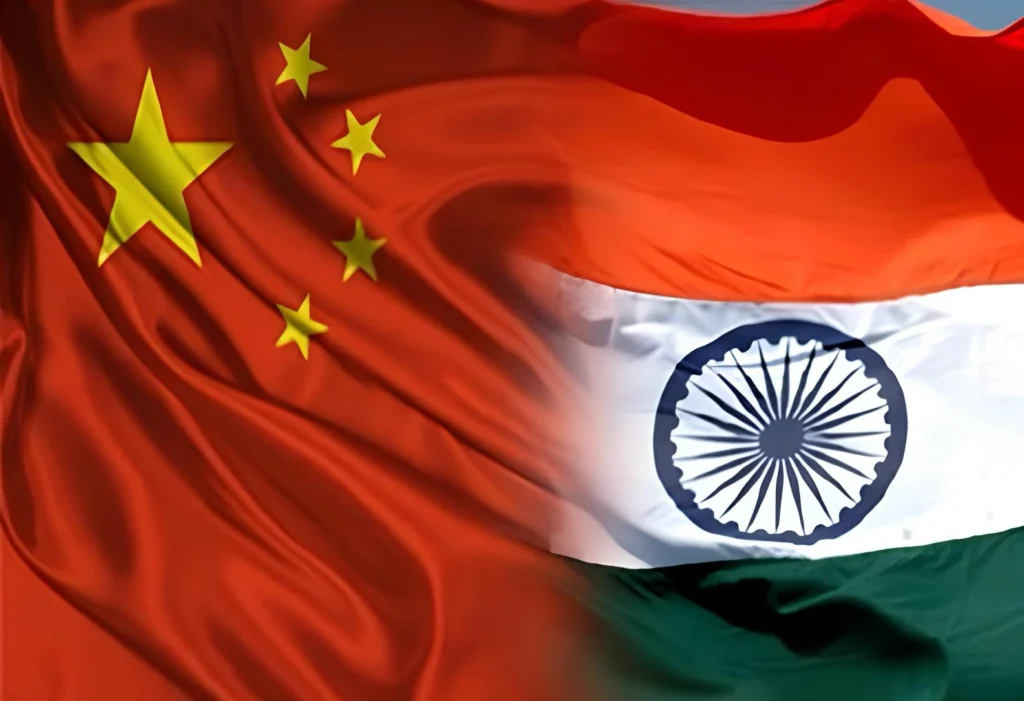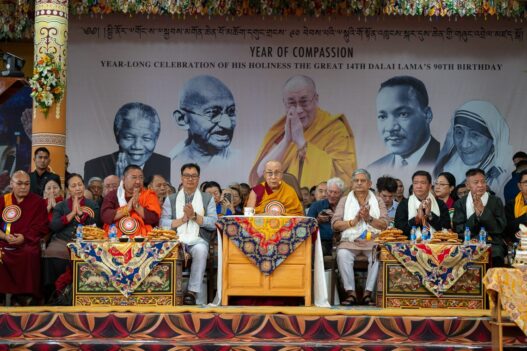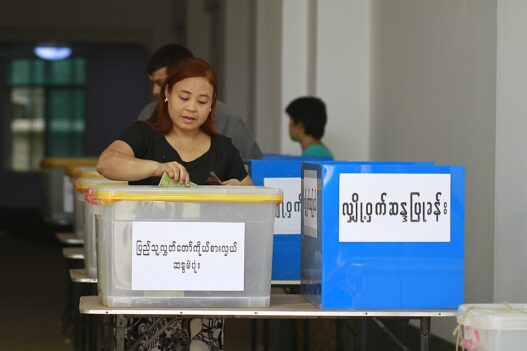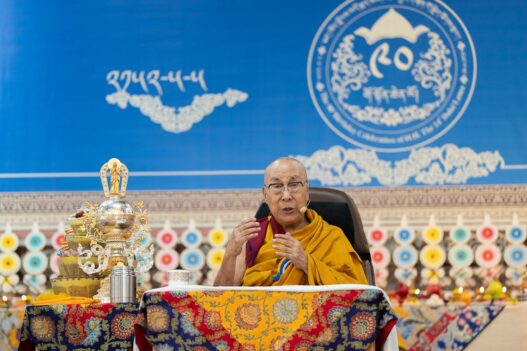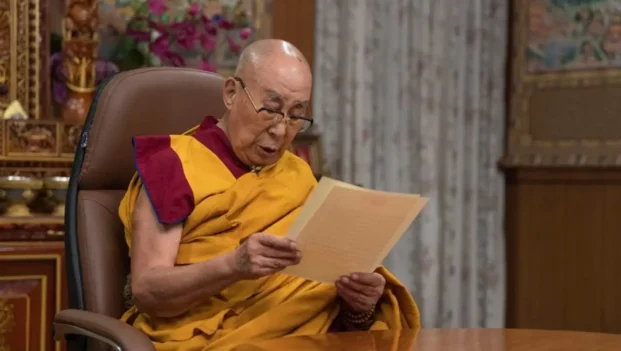As India and China proceed with the disengagement process along the Line of Actual Control (LAC), a critical question arises: Can China truly be trusted to honour its commitments in this process? Recent developments in the border regions of Ladakh and Tawang Valley raise significant doubts about whether China’s actions align with the spirit of the disengagement agreements or whether Beijing is simply using the diplomatic process to solidify its territorial claims.
One of the most concerning recent developments is China’s creation of new counties in the Hotan Prefecture, an area that India claims as part of its Ladakh region. In December 2024, China officially announced the formation of two new administrative counties in Hotan, a move that has sparked intense criticism from India. India has strongly objected to this action, describing it as another step in China’s illegal occupation of Indian territory. The Indian Ministry of External Affairs (MEA) made it clear that India has never accepted China’s claims over this region, reaffirming its stance on the sovereignty of Ladakh. During a press briefing in early January 2025, MEA spokesperson Randhir Jaiswal stated that India’s position on the issue remained unchanged and that the creation of these new counties would neither alter India’s claims nor lend any legitimacy to China’s forcible occupation of these areas.
The establishment of these counties by China is a direct violation of India’s territorial integrity and is seen as an effort to further cement China’s hold over contested areas in the region. China’s decision to establish administrative units in these areas is not just a matter of territorial expansion but also a strategic move to strengthen its presence along the disputed borders. By creating counties, China gains the ability to impose its administrative control over the area, making it more difficult for India to contest its occupation or reverse the process. This action adds a layer of complexity to the already fraught border dynamics and raises serious questions about China’s long-term intentions in the region. If China can violate agreements and create such administrative entities in disputed territories, it undermines any hope of a stable disengagement process or an eventual resolution to the broader territorial dispute.
In addition to the actions in Hotan, China’s activities in the Tawang Valley further demonstrate its disregard for the disengagement agreements. Reports citing satellite images from Maxar Technologies have exposed the rapid construction of new military outposts by China in the Tawang Valley following the disengagement of troops in late 2024. According to the report These outposts are strategically located to restrict Indian patrol routes, effectively limiting India’s ability to access certain areas of the Tawang region. The new structures appear to be designed not just for military presence but to control key access points and restrict Indian movements in the area.
The construction of these outposts is particularly concerning because it comes after both sides agreed to disengage from forward positions, with the expectation that the withdrawal would lead to a de-escalation of tensions. The creation of these outposts undermines the spirit of the disengagement process, as it indicates that while troops may have been withdrawn, China has not stopped strengthening its strategic position along the border. The speed with which these structures are being erected suggests that China is not only using the disengagement period as a tactical pause but is also leveraging it to further solidify its territorial claims under the guise of a temporary military withdrawal.
This raises a critical issue: Is China genuinely interested in de-escalation and maintaining peace along the border, or is it simply using these agreements as a cover to fortify its positions? The timing of these construction activities—right after the disengagements—suggests that China may be employing a strategy of salami-slicing, where it slowly increases its territorial control and military presence over time while avoiding direct confrontations. This tactic erodes trust in the disengagement process and makes it difficult for India to see the process as anything other than a temporary lull in an ongoing struggle for territorial dominance.
India has made its displeasure known, with the MEA lodging formal protests through diplomatic channels. In response to China’s formation of counties in Hotan, India has asserted that it will not accept any attempts to legitimize Chinese control over these areas. This diplomatic protest is a critical step in India’s efforts to preserve its territorial integrity and assert its claims over Ladakh. However, these protests, while important, have not yet led to any tangible changes on the ground. China continues to push forward with its territorial ambitions, using both diplomatic and strategic means to fortify its presence in contested areas. India’s diplomatic efforts seem to be encountering a brick wall, as China’s actions continue to suggest that it is not committed to following through on disengagement agreements.
External Affairs Minister S. Jaishankar, in his statements, has been both cautious and firm in underscoring India’s position. While acknowledging the progress made in the disengagement process, he has also made it clear that disengagement alone is not enough to ensure lasting peace and stability along the border. Jaishankar emphasized that India-China relations cannot be normal in the absence of peace and tranquillity in the border areas. His comments indicate a wariness about China’s intentions, especially given the ongoing construction activities and the formation of counties in disputed territories. Jaishankar’s assertion that the breakthrough agreement on patrolling along the LAC does not resolve all the underlying issues reflects India’s caution in accepting China’s actions at face value.
The recent developments in Hotan and Tawang underscore the fluidity of the disengagement process. What was meant to be a period of military de-escalation and cooling-off has, in some areas, become a means for China to strengthen its territorial claims and military presence. The rapid construction of military outposts in Tawang and the creation of new administrative units in Hotan suggest that China is using the disengagement process as a window to further entrench itself in contested territories. This behaviour directly undermines the credibility of the disengagement process and raises questions about whether China is genuinely interested in a peaceful resolution or if it is simply exploiting the process to achieve its long-term strategic goals.
Jaishankar’s statements and India’s ongoing protests highlight the deepening mistrust between the two nations. While India remains committed to dialogue and peace, China’s actions in Ladakh and Tawang challenge the idea that disengagement agreements will lead to a stable and peaceful border. If China continues to violate the terms of disengagement and use the process as a means of solidifying its territorial control, the prospects for peace and stability along the LAC will remain distant.
The ongoing construction activities in Ladakh and Tawang, coupled with China’s creation of new counties in Hotan, paint a troubling picture for the future of the disengagement process. These actions suggest that China is not committed to de-escalation or peace but is instead using the disengagement period as a means of furthering its territorial ambitions. India’s diplomatic protests and Jaishankar’s cautious approach are critical in signalling India’s stance, but unless China’s actions change, the question remains: Can China truly be trusted in the disengagement process, or is it simply using diplomacy as a cover for territorial expansion? Until this question is answered, the stability of India-China relations and the success of disengagement agreements will remain highly uncertain.

